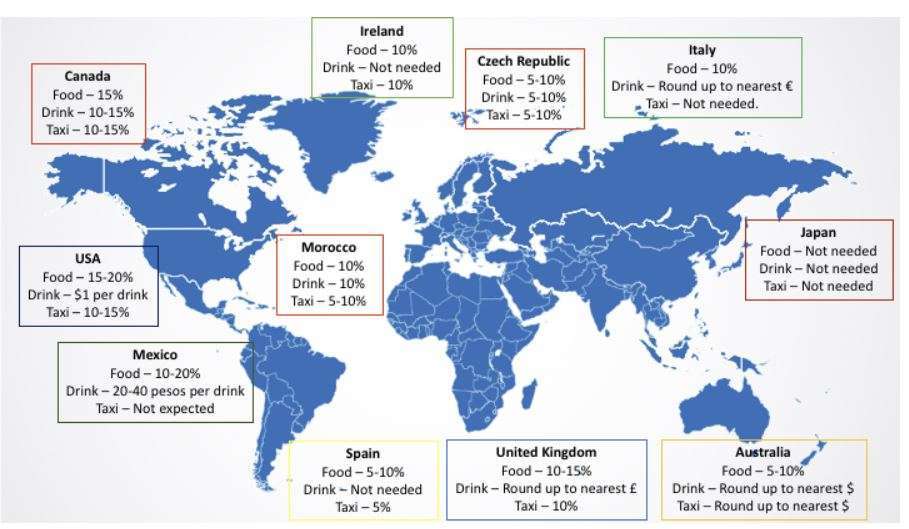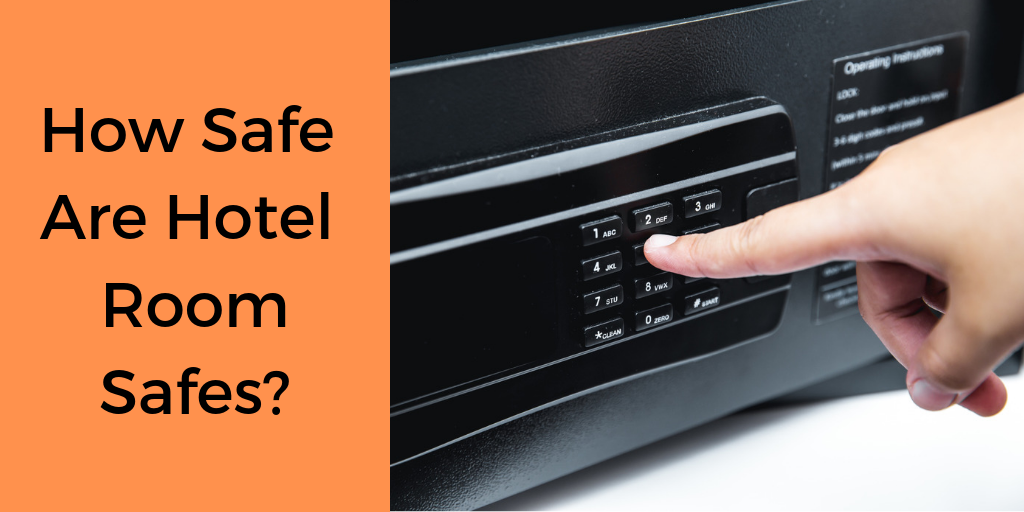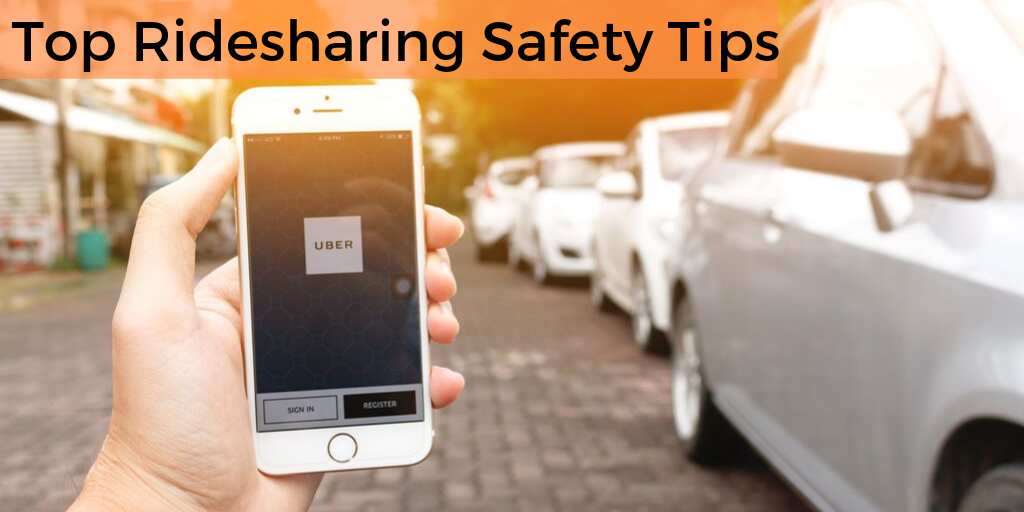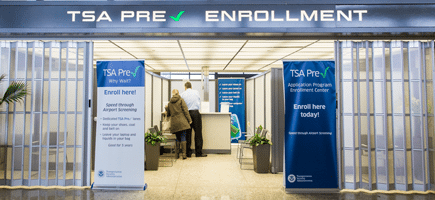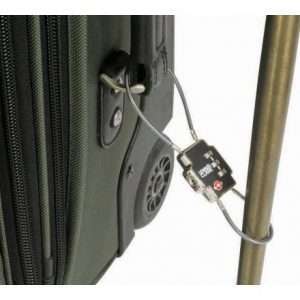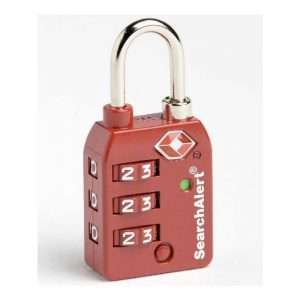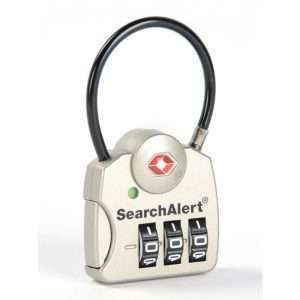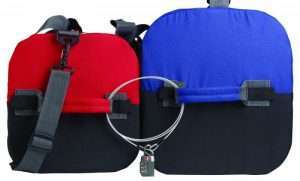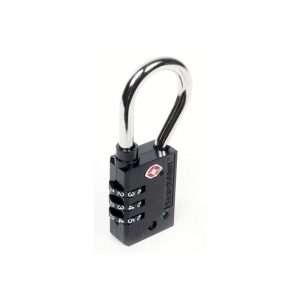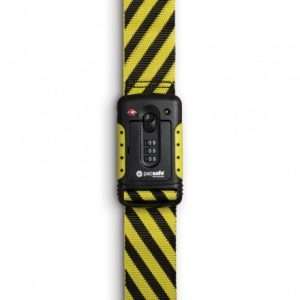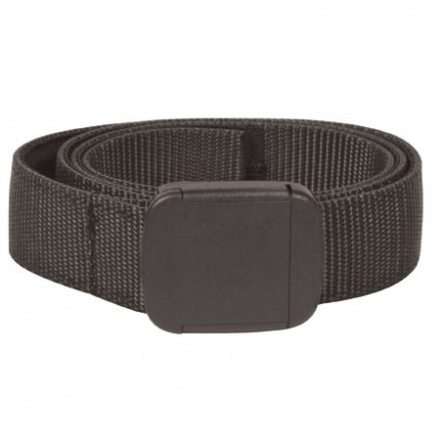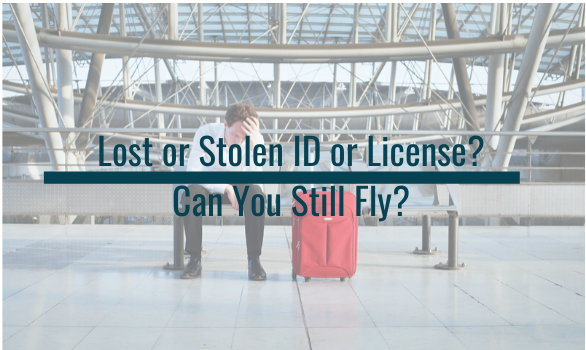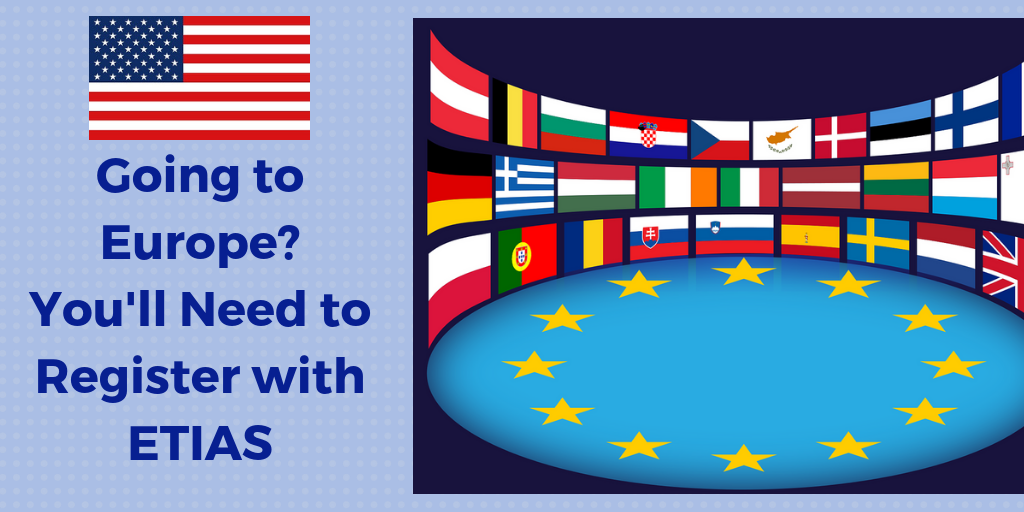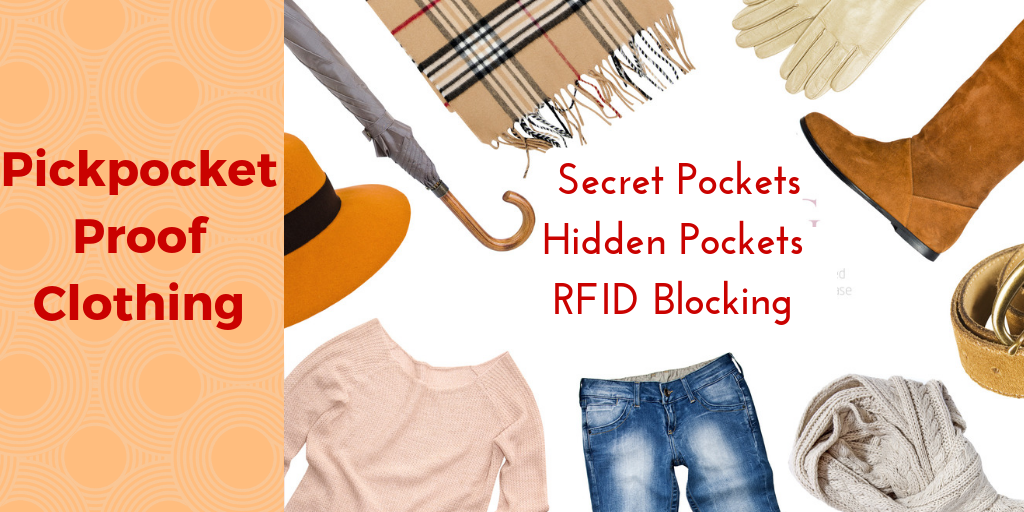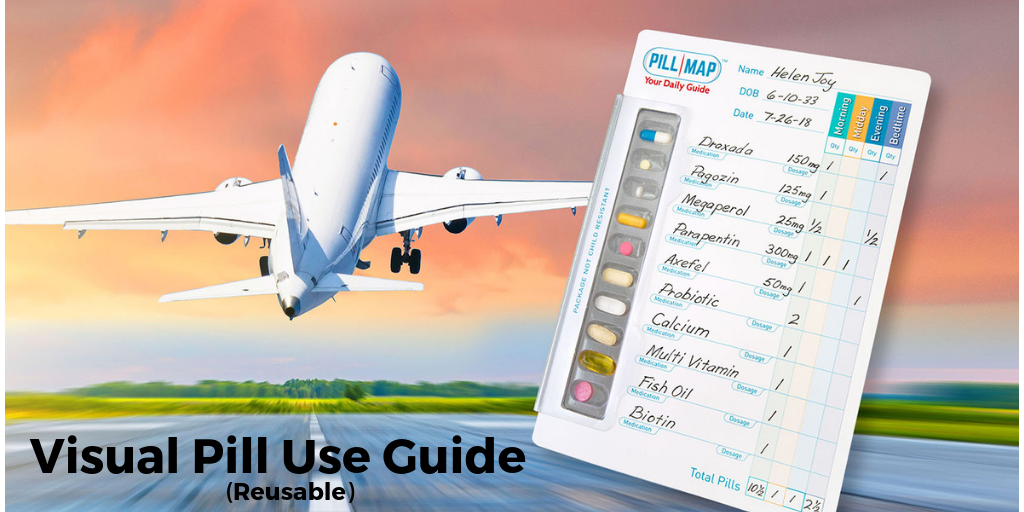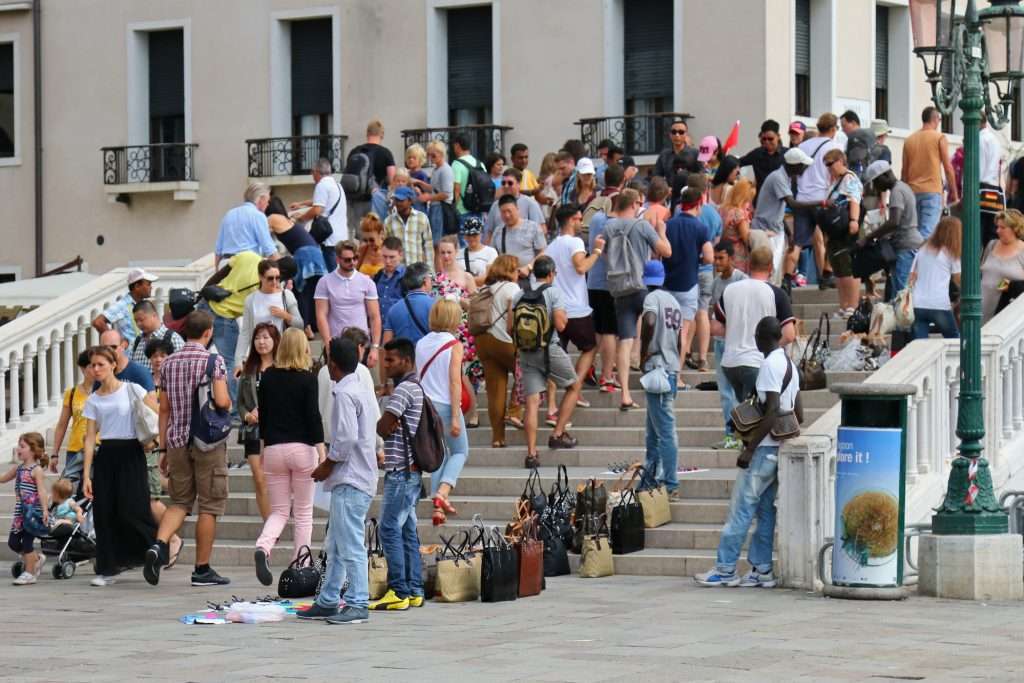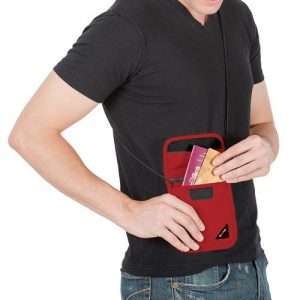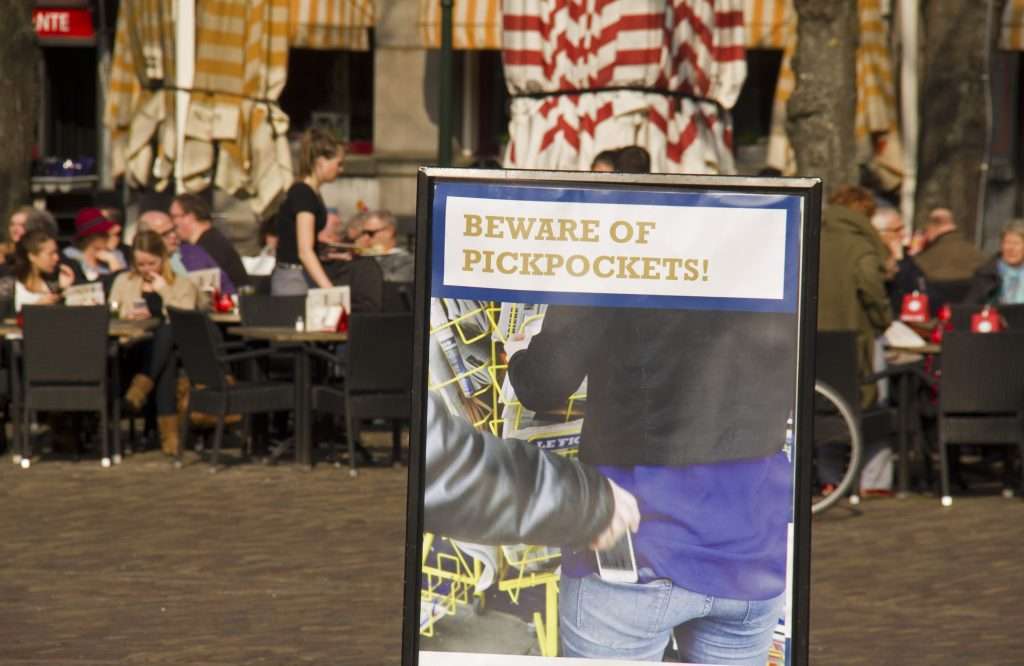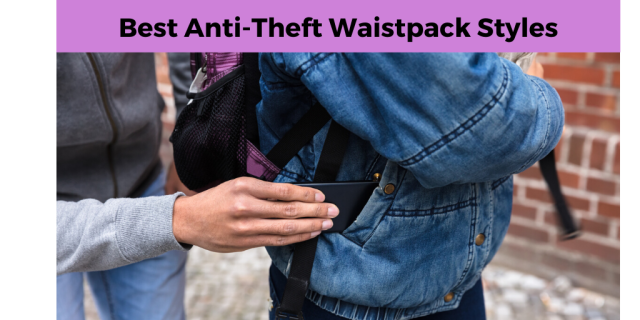How Much Should You Tip? Guidelines for Hotels, Restaurants, and Bars
One question most travelers ask is how much should you tip? Typically the one place you end up tipping most frequently is in your hotel. There is the bellstaff, housekeeping, the concierge and dining room personnel. If they provide a service, they typically should get a tip. How much you should tip for those services does vary by country. Read on to see the suggested tipping amount by country and then how much you should tip in the United States.
Tipping Guidelines by Country
Tipping around the world is different than it is in the United States. Tipping guidelines now show that tipping has become expected and standardized even outside of the United States. In some countries, everyone from the waiter to the porter to the proprietor figure-in gratuities as part of their wages. In other countries, tipping is a different story. Before you go you should know what is the customary tip amount at your destination for various services. Here are some tipping guidelines to know what tip amounts are customary by country. Remember, the more assistance you need, or the more economically deprived the location it behooves you to err on the side of generosity. And if you’re still not sure what is proper to tip, ask someone in management of the establishment for a guideline, they will gladly help you understand how much you should tip.
| Country | Tip | Comment |
| United States | 15%-20% | Expected, but usually not included in the bill. |
| France | 12%-15% | Usually included in hotel and restaurant bills. |
| U.K. | 10%-12% | Service charge usually in restaurant bill. |
| Japan | 10%-20% | Tip usually included in hotel, restaurant bill; otherwise, tipping not common. |
| Germany | 10%-15% | Service charge usually included in restaurant bill; but small round up tip is the norm. |
| Hong Kong | 10%-15% | Tipping common for all services. |
| Indonesia | 10% | Usually included in the bill; additional tip can sometimes added. |
| Italy | 10% | Tips expected for most services. |
| Malaysia | 10% | Tipping usual for porters and room service. |
| Mexico | 10% | Tipping common for most services. |
| Philippines | 10% | Tipping common for most services. |
| Saudi Arabia | 10% | Tips usually included in restaurant or hotel bill; extra 10% sometimes given for special service. |
Related: How to Hide Money on Your Body
How Much Should You Tip at US Hotels
Two things influence the tip amount, the amount of service provided and the type of hotel. For example, a bellman who brings 5 large bags to your room at a luxury resort should get a larger tip than one who just takes and holds your bag for a few hours in a locked room after you check out.
Shuttle Bus Drivers for the hotel or parking structure: $1-2 per person, or $4-5 per party
Valet or Parking Attendant who brings your car to you, $1-$5 per trip
Bell Staff Typically $1-3 per bag when you are escorted to your room. If you call for bell service upon departure the same tip amount applies
Housekeeping $2-5 per night, leave the tip daily on the pillow or in an envelope marked tip as staff can change daily. A family of 4 should leave $5 per night whereas $2 may be reasonable for a single room occupant
Room Delivery of requested items: $2 for one item, and $1 for each additional item
Room Service and Waiters 15-20% of the total bill
Door Staff $1-2 for hailing a cab, and if they help with baggage, even to your Uber, tip accordingly
Concierge $5-10 depending on how involved the service
These suggested amounts are from The AHLA, which is the association representing all segments of the lodging industry, provided the above guidelines. You should rely on your own judgment as well.
How Much to Tip While Dining
Typically you should tip 15% to 20% of the BEFORE TAX amount. If the service was extremely great (or awful) tell management in addition to leaving the appropriate gratuity. They will be pleased to know which waiter is keeping guests happy and which they to train a bit more.
If you’re at a dining establishment where you go to the counter and place your order and take a number you place at your table and wait for the food to be brought to you, you should leave $1 to $2 dollars on the table upon leaving.
The counter help at fast food places do not need to be tipped.
How Much to Tip for Delivery and Take Out
Take-out No tip is required for counter service. Think picking up your food at a sandwich counter or doughnut shop.
Delivery Driver Usually $2-5 is adequate for the delivery person.
Tipping Guidelines for Casinos Within the United States
Bartenders: $1 per round for parties of two to four, up-scale bars the tip is $1 per drink.
Bellmen: $2-$5, depending on whether you will need services or advice during your stay.
Bingo and keno runners, keno writers: If playing for an extended period of time, $1 occasionally, even if not winning, is appreciated.
Cocktail waitresses: $2 a round for small parties; more for larger groups.
Dealers: Tips, or “tokes” as they are called in Las Vegas, can be given directly to the dealer between hands, throws of the dice or spins of the wheel, or small “side bets” are permitted. These can range from $1 to up to, half of your bet.
House keepers: About $1-$2 per day per person in the room, leave daily since the house-keeping staff can change daily.
Restaurant waiters: Standard 15-20 percent rule applies.
Room service waiters: Standard 15-20 percent rule applies.
Skycaps: $1-$2 per bag, depending on size and weight.
Showroom servers: $5-$10 for a party of two to four at a cocktails-only show; for a dinner show, $10-$20 for the same size group, depending upon service.
Taxicab/shuttle drivers: Standard 10 to 15 percent of the fare.
Valet parking attendants: $2-$5
How Much to Tip at a Salon or Spa
A 20 % tip is standard for your hairstylist or barber. Some salons have assistants who typically wash your hair and may offer a relaxing massage. They should get $5 to $10 depending on the service provided.
Tipping Your Dog Groomer
You entrust your dog’s safety and comfort to your groomer. You want them to do a good job and look forward to you and your pup coming back. Typically the %15-20% rule applies here too. If you have an easy to groom dog you can go with 15%. If your pooch is larger, very furry or requires additional attention, go with 20%.
Tipping Exceptions Around the World
Sometimes there are situations where tipping is not expected or the tip is built-in to the price. You need to look for these situations. Some restaurants include an automatic tip in the bill for larger parties. Less often restaurants include a mandatory tip on all bills, regardless of the number of people at the table. Always read the bill carefully so you know what you’re paying.
Another situation where tips are often included is on cruise ships and all-inclusive resorts. You will see a separate line on your bill reflecting the

tip amount you are being charged. The establishments are not to touch that money. It is supposed to go directly to the personnel and people that have served you the money is typically and divided up. Even in tip included establishments, you can give additional tips to people who have gone out of their way to do something well for you.
Tipping Guideline Apps for Your Phone
Never be unprepared. Download a tipping app onto your phone. Most apps work that you select a country for which you need advice on tipping amount such as meal service or taxi. Some even have a built-in calculator and other information such as local customs so you know how much to tip.
US News Recommends a few apps to help with tipping.
In closing, here’s a fun fact: the word “tip” is an acronym for “to insure promptness.” And our final recommendation is that if you “over” tip know you’ve made someone’s day and that kindness may just come back to you in another way. And lastly, plan ahead a get small bills in your destination currency to have handy for tips.
More Tips on Tipping
- Check if the gratuity has been added to your bill. If it is you do not need to leave any additional money.
- If you are using a coupon or a Groupon check on the original price and tip on that amount.
- Leave your cash tip on the tray or in the holder of the bill, not out in the open. Including the tip on your credit card payment is also fine.
- If you frequent a bar or coffee shop regularly be friendly, maybe address a barista by their name, and put $5 into the tip jar so that they see you doing it. Future visits should be pleasant and if you have a special request they will most likely take care of you with a smile.
- If some can’t accept a tip, look them straight in their eyes, say thank you and if appropriate shake their hand.
- Another appreciated action is making the effort to tell someone’s supervisor about their extraordinary service.



